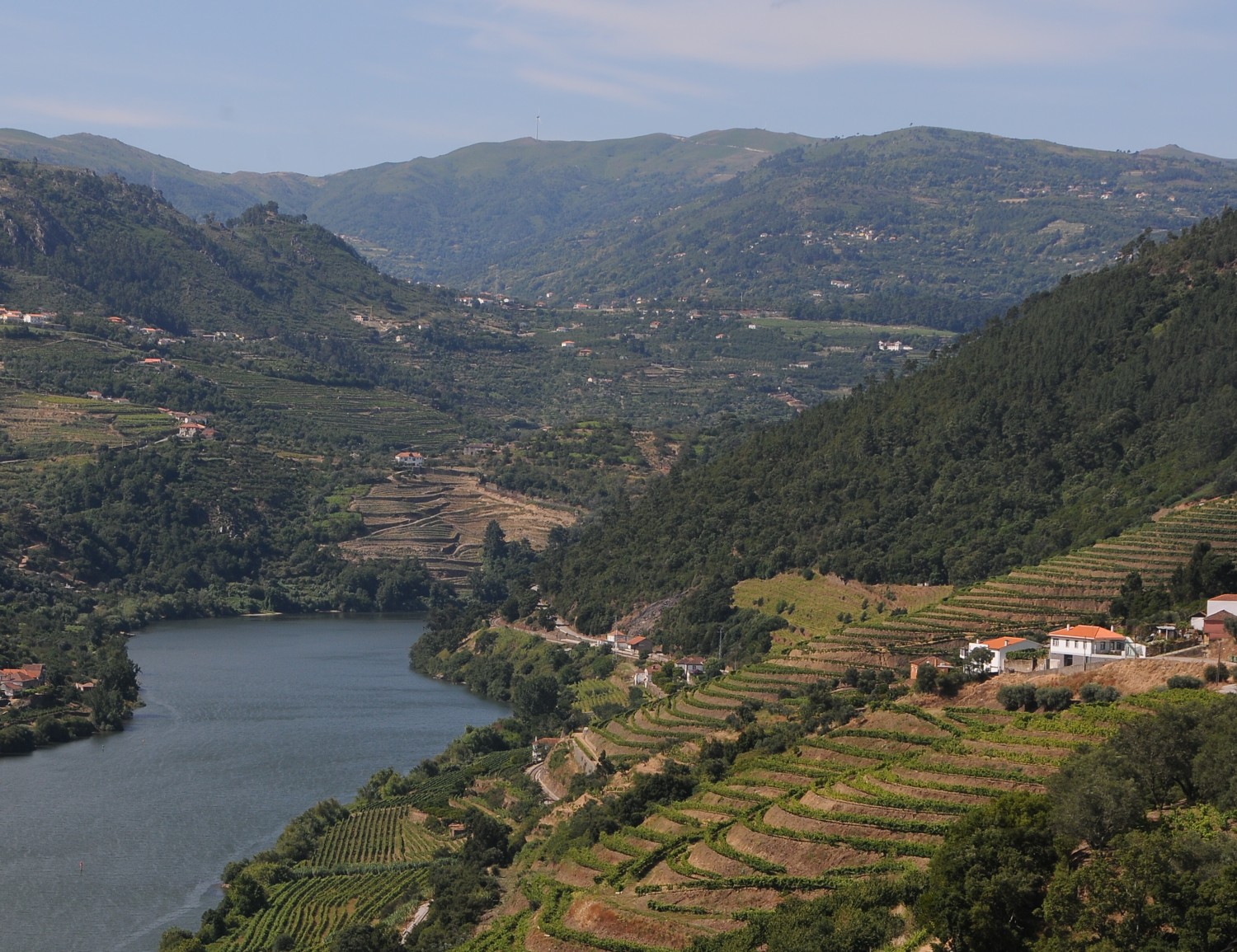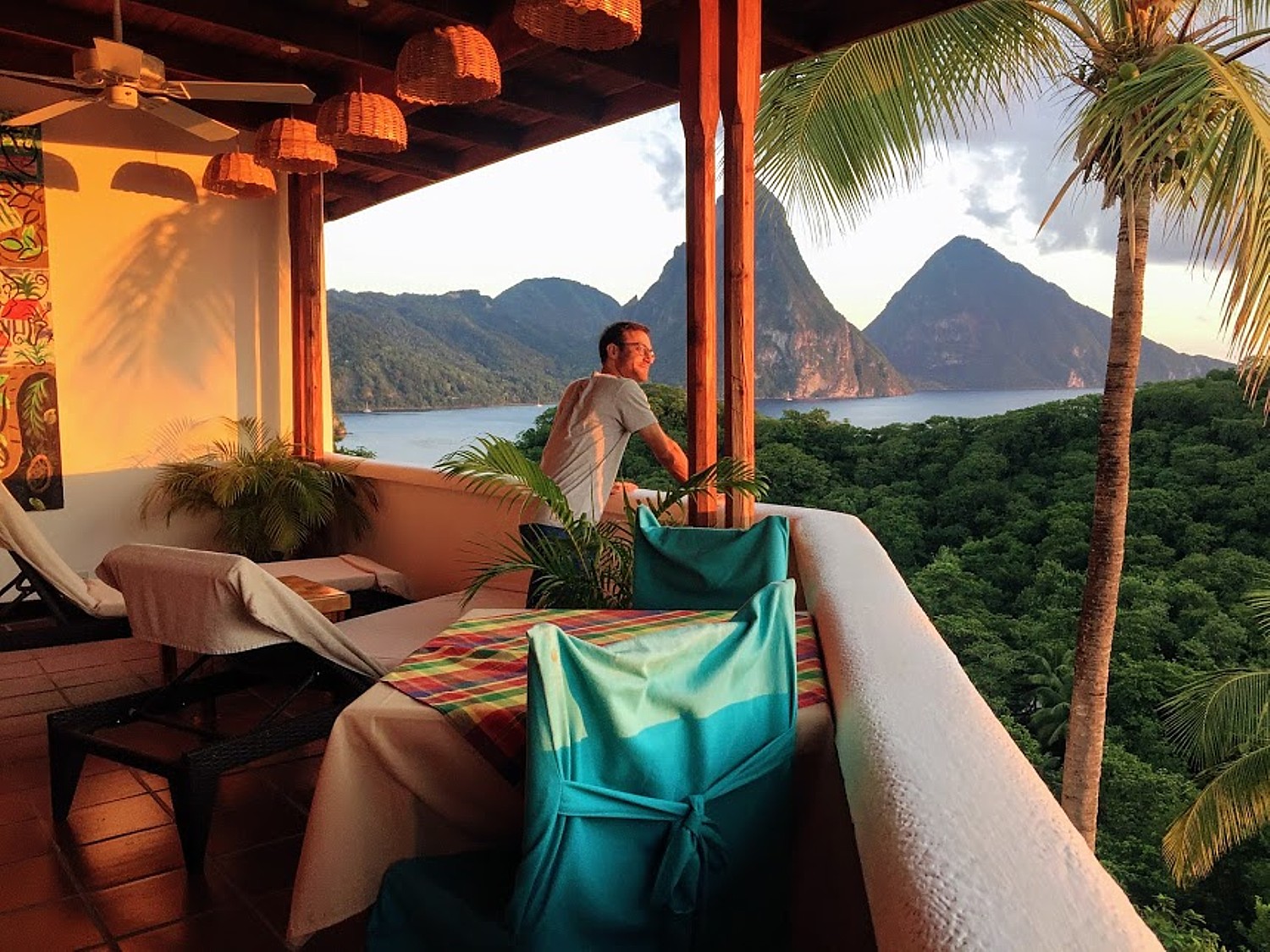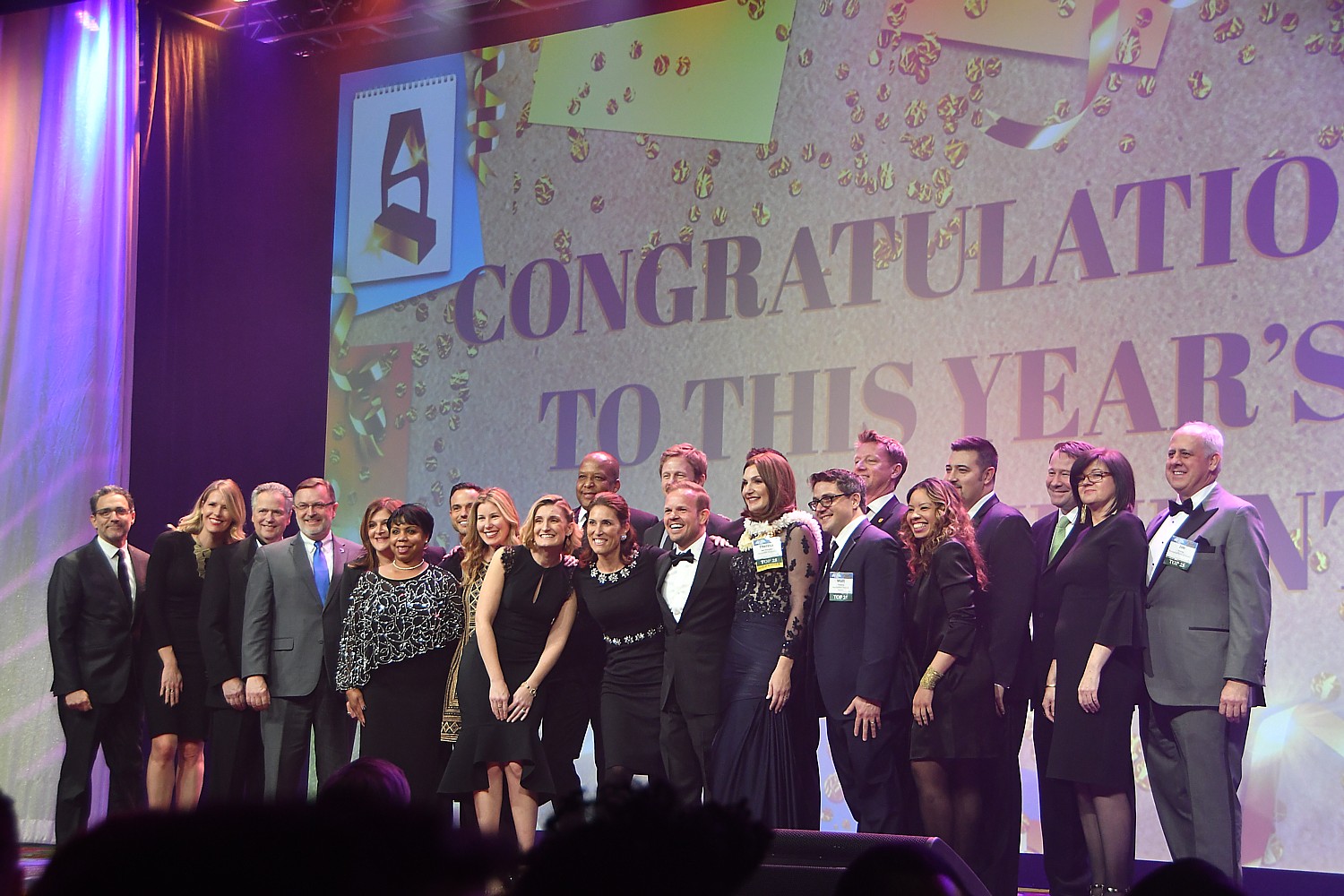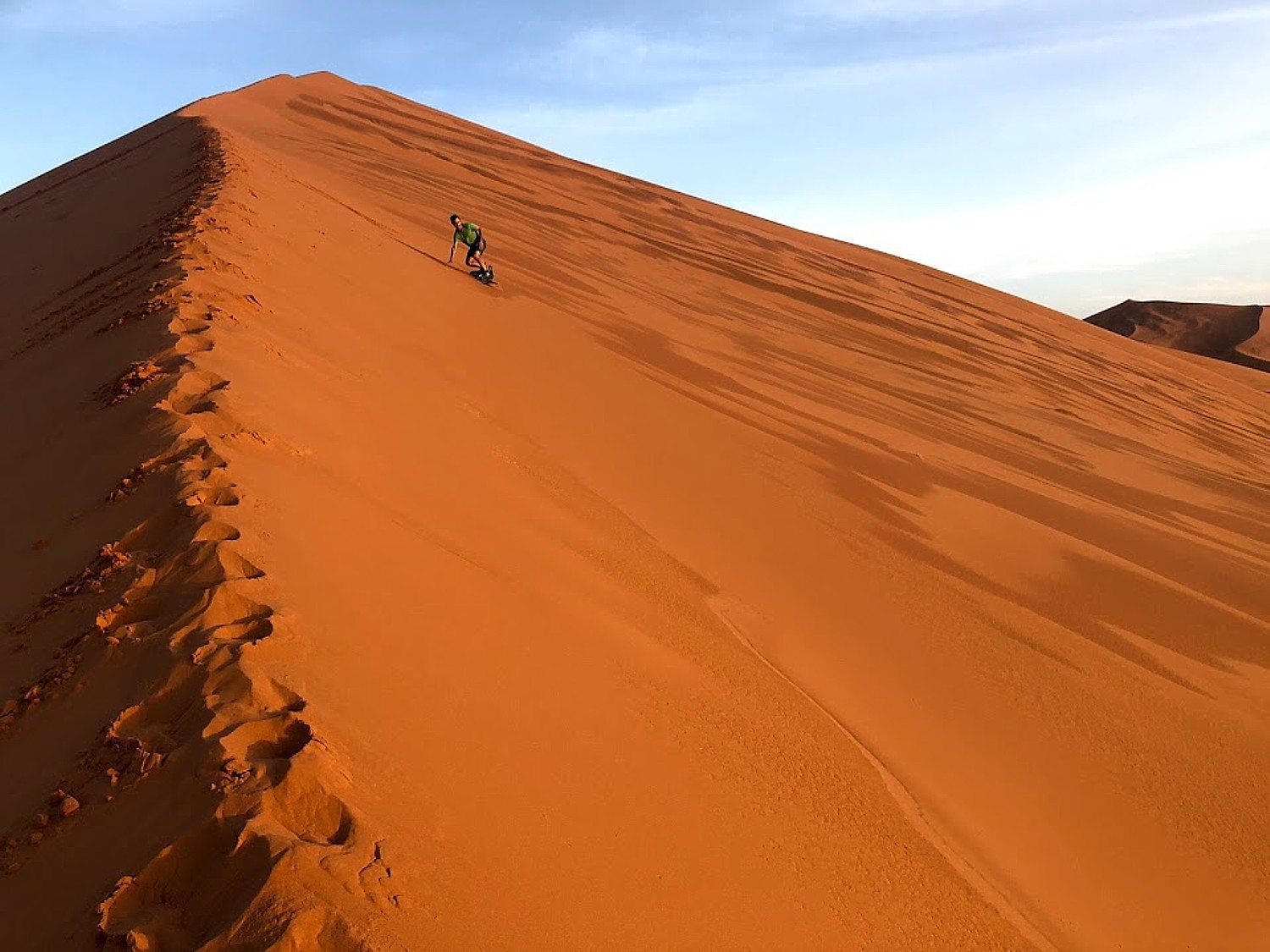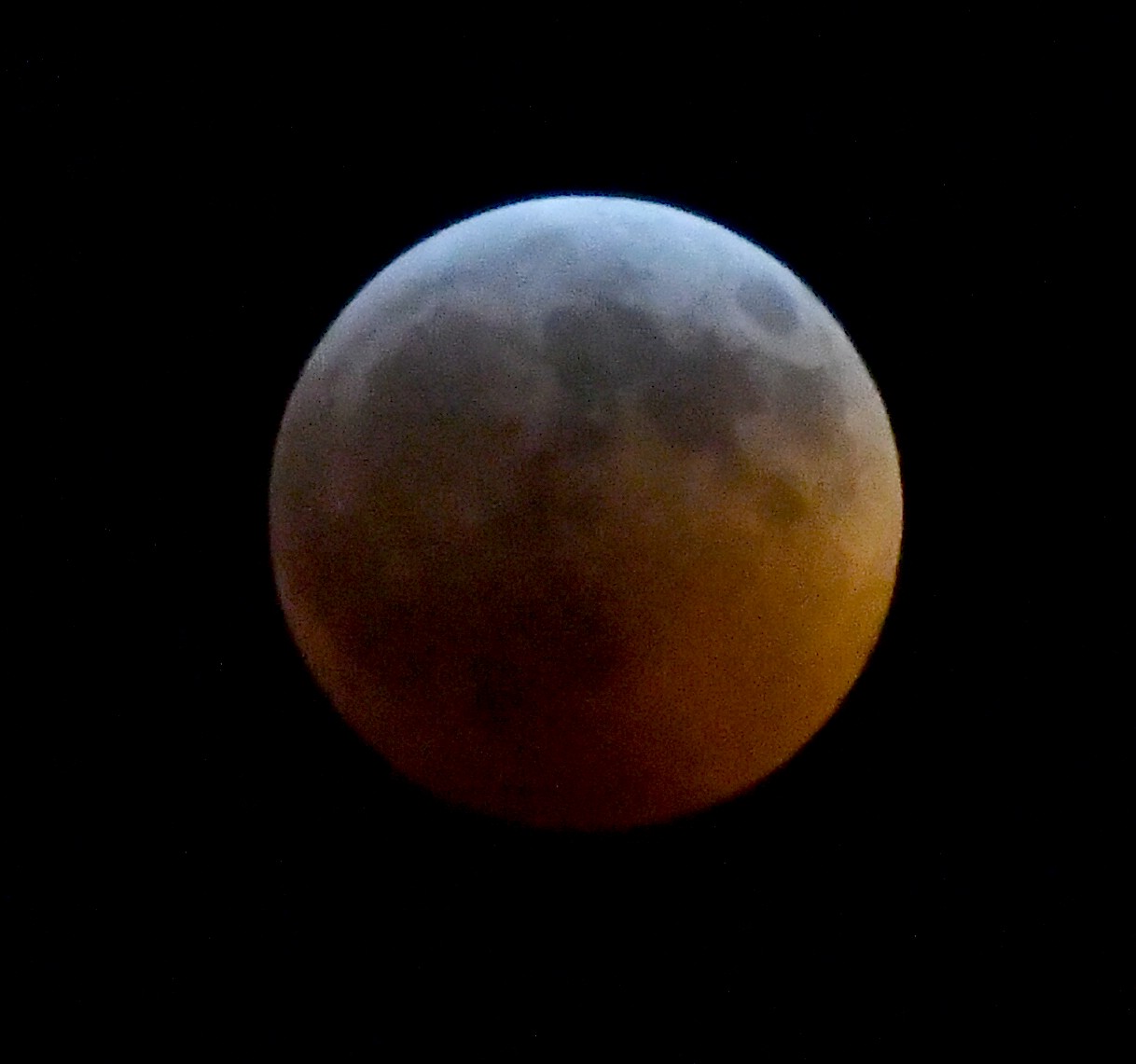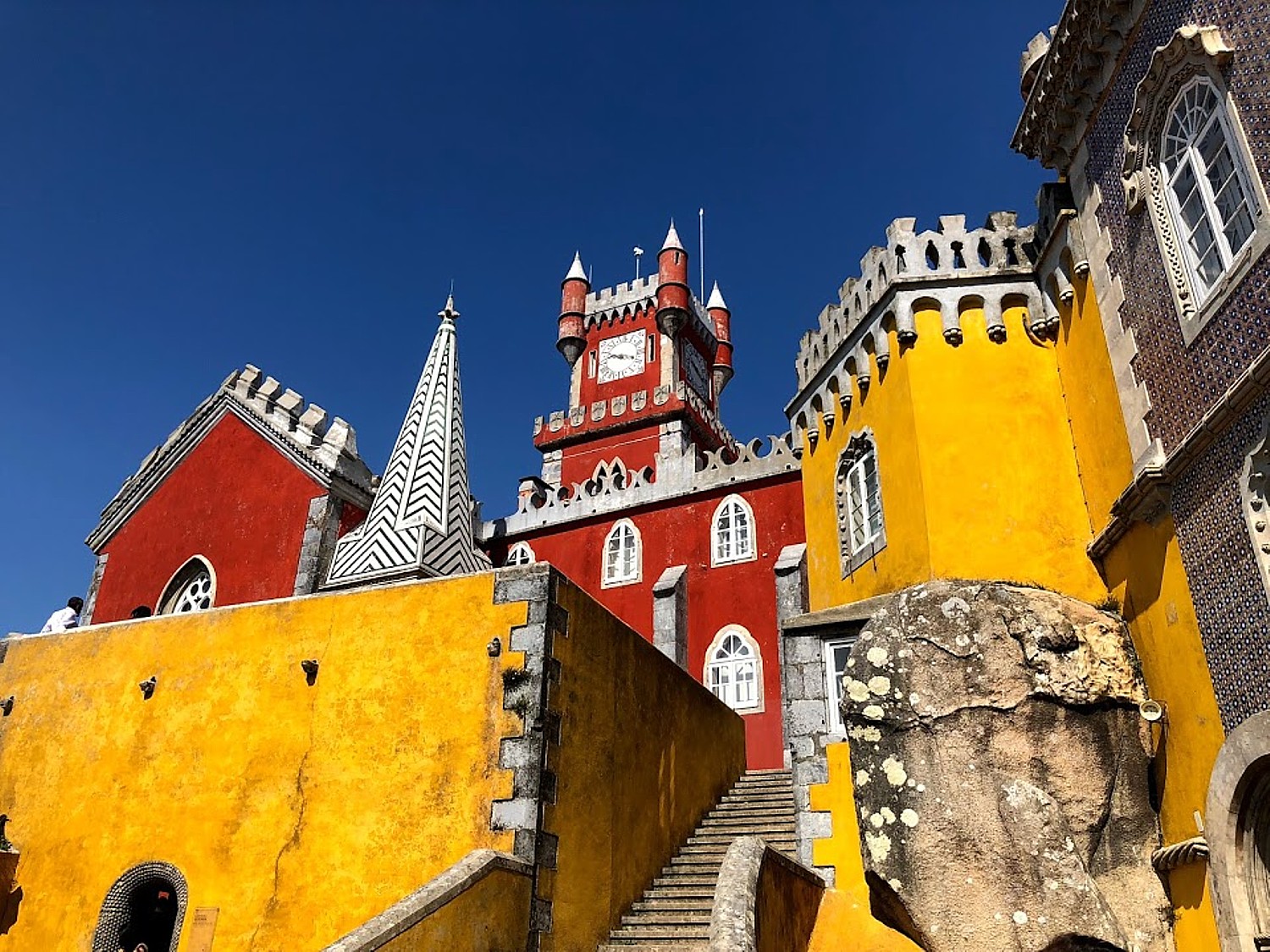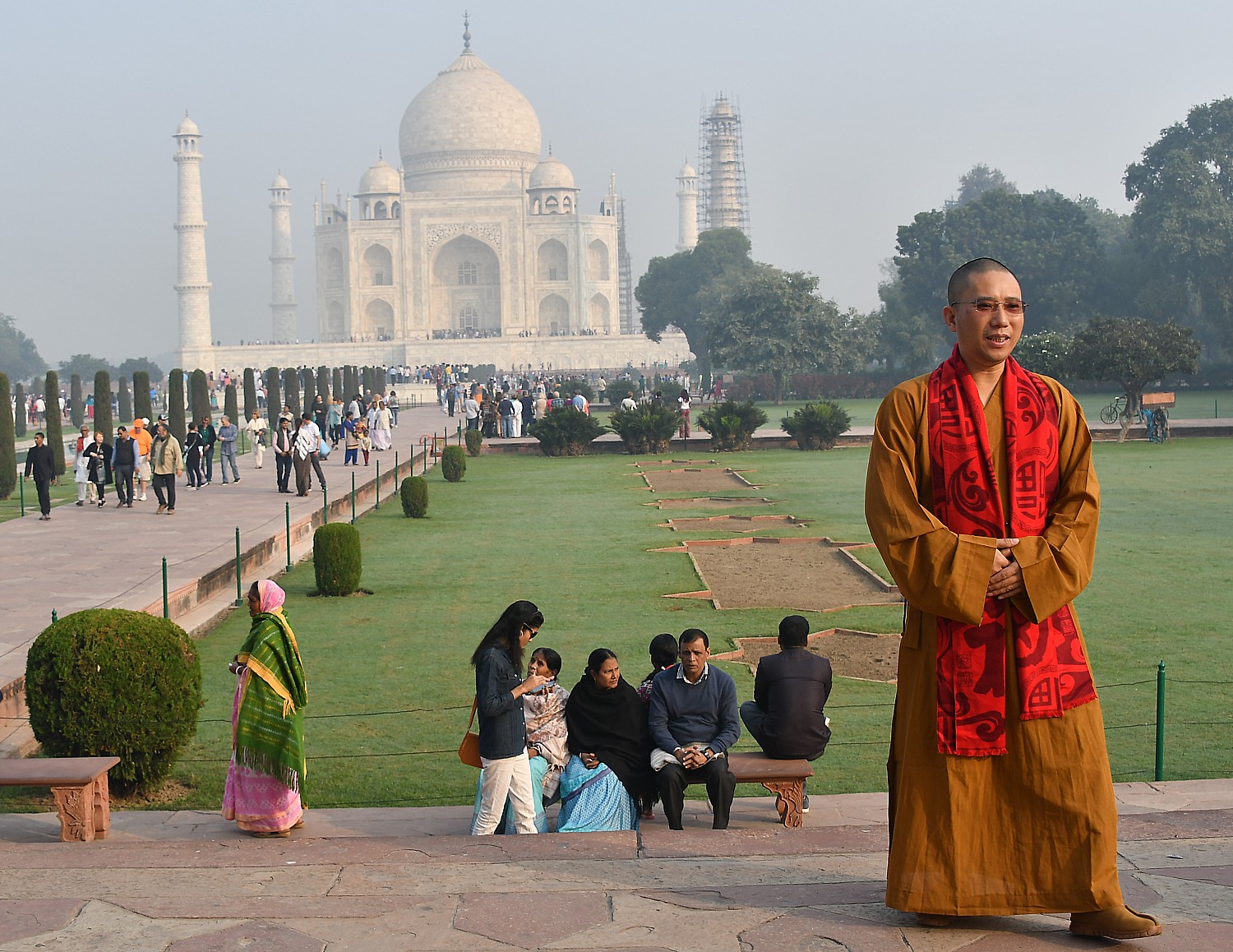
By Karen Rubin, Travel Features Syndicate, goingplacesfarandnear.com
What places will be really exciting in 2019, unusually inexpensive, or offering special celebrations – in other words, that should be on the list to travel in 2019?
At the New York Times Travel Show, renowned travel expert Pauline Frommer offered her picks – notably they are alternatives to the most heavily trafficked places that are top-of-mind these days:
Austral Islands, Tahiti: inexpensive to get there now – air fare is low thanks to the arrival of an upstart carrier, French Bee, going directly from California to Tahiti, driving down fares on competitors. But once you get to Tahiti, she advises, don’t go to the popular Moorea or Bora Bora, where you will spend $400-500/night for a hotel on the beach. Instead, go to Austral Islands –you fly into Papeete and most take a short hop, 45 minutes to Moorea or Bora Bora; instead, it takes 1 hr 15 for Austral Islands).
“You will see Tahiti as when [the artist Paul] Gauguin was there – totally undeveloped – there are not even hotels, you stay in a local guest house –a main house and a lot of bungalows on the beach where you pay $75-100/night, where there are incredible caves to explore, rich Tahitian culture – but you will pay 30-40% less than just a year ago.”
Matera, Italy: A city in the region of Basilicata in southern Italy, Matera is one of longest continually inhabited places on earth. People have been living in the caves here since 7000 BC. It looks as if it is from the Biblical era – which is why Mel Gibson filmed “Temptation of Christ” here, and other biblical tv and movies filmed here.
“It’s a real success story. In the 1950s, Matera represented everything that was going wrong with Italy. Carlo Levi wrote a famous memoir, “Christ Stopped at Eboli,” about the area, the deep poverty that the south of Italy was living in. In Matera, people lived in caves with no electricity, plumbing, their livestock in the caves. As a result, the Italian government intervened, pulled people out of caves, and created a new city for them. Then in the 1980s, entrepreneurs came in and repurposed the caves to boutique hotels. This year there will be even more visitors because Matera will be one of two European cities of culture – 1000 artists will descend on Matera to create site-specific operas, dance, music. It will be so exciting to get there.”
“The government was supposed to create high speed rail from Rome to Matera, but, this being Italy, they didn’t, so it is a little difficult to get there. But there you will find warm people, great food, and an art scene this year.”
Olympic National Park –there is overtourism elsewhere in America’s national treasures, our national parks, but Olympic National Park is under-touristed. “It’s the size of state of Rhode Island but 95% of it has no roads. You get to the edges of park. To go deeper, there will be in pristine wilderness, two hours from Seattle. You will find glacial covered peaks, 70 miles of undeveloped coastline (the most in lower US), primordial rainforests with thick sweaters of moss, trees 300 feet tall – you feel as if there should be a dinosaur clomping through – so under-touristed. Rain – they get 16 feet of rain per year – that’s how moss gets so thick – but you can stay close by, in Sequim, one of driest places in the US (its lavender farms make it the Provence of US, the air scented with lavender). If you go to Washington State, visit Olympic National Park.”

Pousada do Porto, Freixo Palace Hotel, in Porto © Karen Rubin/goingplacesfarandnear.com
Estrada Nacional 2 Portugal: “This is Portugal’s Route 66. Portugal is on the rise, everyone wants to go there. It has the cheapest prices in Western Europe, restaurants and hotels, gorgeous things to see and do. Estrada Nacional 2 goes north to south through Portugal’s interior – you see less visited places like medieval villages in the mountains, where you can visit farmers – cheese, wool – and wolves howl at night; the Douro River Valley, one of oldest wine regions in Europe. Spend a night in a 15th century quinta (manor house); visit ancient gothic houses, university cities. In many places you will see places slathered with gold. This is because in the 17th century, Portugal was the most important on earth in wealth, bringing galleons of gold from the New World, so you see gold slathered all over churches. Then, in 1755, Portugal had bad luck – a major earthquake stopped development, then, in the 20th century, Portugal was under the control of the dictator António de Oliveira Salazar. It had the deepest poverty in Europe, the worst rate of infant death rate in 1950s-60s. Then, after 1968, Portugal emerged from cloud – but is still not as developed as other parts of Europe, so feels more preserved. Do this wonderful road trip.”
New York State: “New York State is one of best places to go in 2019. There are all the glorious nature sites – Finger Lakes; Lake George (free music festivals in September, fireworks Thursday, dino themepark opening); the state has the most ski resorts of any state in the nation. But the reason we picked it as a top place in 2019 is that there are so many new developments.”

In New York City, Hudson Yards, just across from the Javits Center in Manhattan, is a little controversial but will be catnip to tourists – in middle ‘The Nest’ – opening in April –you climb over it (which will likely be as popular as the fabulously popular Highline). There’s an arts center, The Shed, on wheels so artists can decide whether artwork should be seen inside or outside. Soon it will have going to have tallest observation deck in the hemisphere where you look down.
Jackie Robinson Museum, an 18,500 sq. ft museum at 75 Varick Street, in lower Manhattan, scheduled to open in spring2019.
2019 World Pride, commemorating the 50th anniversary of Stonewall uprising, taking place in June, is expected to draw millions of visitors to the city, and throughout the state. “There is a rumor Madonna will be performing; Niagara Falls will be decorated with rainbow colored lights. It will be amazing time.”
This year also marks the 50th anniversary of Woodstock, with two concerts, one by the original producers (not in the original place) and another in the original place with a mix of old/new artists.
Walt Whitman is turning 200, with exhibitions and commemorations, centered on “where it all began,” in Huntington, NY, with events throughout the year, but special birthday celebration on May 31: Walt Whitman’s 200th Birthday! (246 Old Walt Whitman Road, Huntington Station, NY 11746, www.waltwhitman.org).
Singapore is a huge movie star with “Crazy Rich Asians.” Singapore also has extraordinary cutting age architecture: “Super Trees” which are vertical gardens, with live plants growing along side and solar panels for energy. “People forget this is a culturally rich small nation, settled by people from Malaysia, China, India – a mix of cultures – little Indias, mosques, temples, museums to all the cultures, fabulous food (the only Michelin 4-star restaurant where you can get a meal for $1.50 – it’s actually a food stand in one of hawker centers). If you ever wanted to go to Singapore this is the year: commemorating milestones: Raffles, man who came and claimed Singapore, 200 years ago, exhibitions, in context of longer Singaporean history, culture.
Some trends that will shape travel in 2019:

Chinese tourism: Last year, 137 million Chinese travelers left China to venture to other parts of world. The World Tourism Organization (WTO) estimates their average spending double the international average, so the travel industry is bending over backwards to make Chinese tourists happy – hotels are replacing alcohol bars with tea bars, using feng shui design. This trend will affect Americans negatively by changing the seasons of travel: For example, January-February had been low season everywhere in the world (where you could expect low rates and few crowds), but that’s Chinese New Year, the time when Chinese go out to travel. That means you will see spikes instead of dips in January-February around New Year, and around Golden Week, in September.

Overtourism is a significant problem. “There are places that are over-loved,” she says, offering suggestions for alternatives:
Instead of Barcelona, travel to Girona, Figueres, Roses
Faroe Islands instead of Iceland (last year, there were more Americans in Iceland than Icelanders)
Komodo instead of Bali
Similan Islands of Thailand instead of Maya Bay (made popular by Leonardo DiCaprio’s movie, ‘The Beach,’ the government closed it to protect it from overtourism)
Choquequirao instead of Machu Picchu
Rovijn instead of Dubrovnik
Basilicat et Puglia instead of Cinque Terre et Amalfi Coast
“A lot of tour operators are working with this. They understand the problem” that if a destination is overrun, the very thing that people are coming to experience will be destroyed, so are pushing clients to travel different times of year. “There are many more tours to Japan in the dead of winter – much of what there is to do is indoors, anyway, and it is wonderful to go to the baths in winter. (fyi: You won’t be able to use the baths if you have a tattoo, the mark of Mafia).”
The Frommers host a regular radio show, publish their famous guides and produce an outstanding travel site, Frommers.com.
See also: New York Times Travel Show: Pauline Frommer Offers Sage Advice to Satisfy Wanderlust
_____________________________
© 2019 Travel Features Syndicate, a division of Workstyles, Inc. All rights reserved. Visit goingplacesfarandnear.com, www.huffingtonpost.com/author/karen-rubin, and travelwritersmagazine.com/TravelFeaturesSyndicate/. Blogging at goingplacesnearandfar.wordpress.com and moralcompasstravel.info. Send comments or questions to FamTravLtr@aol.com. Tweet @TravelFeatures. ‘Like’ us at facebook.com/NewsPhotoFeatures
